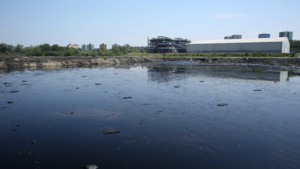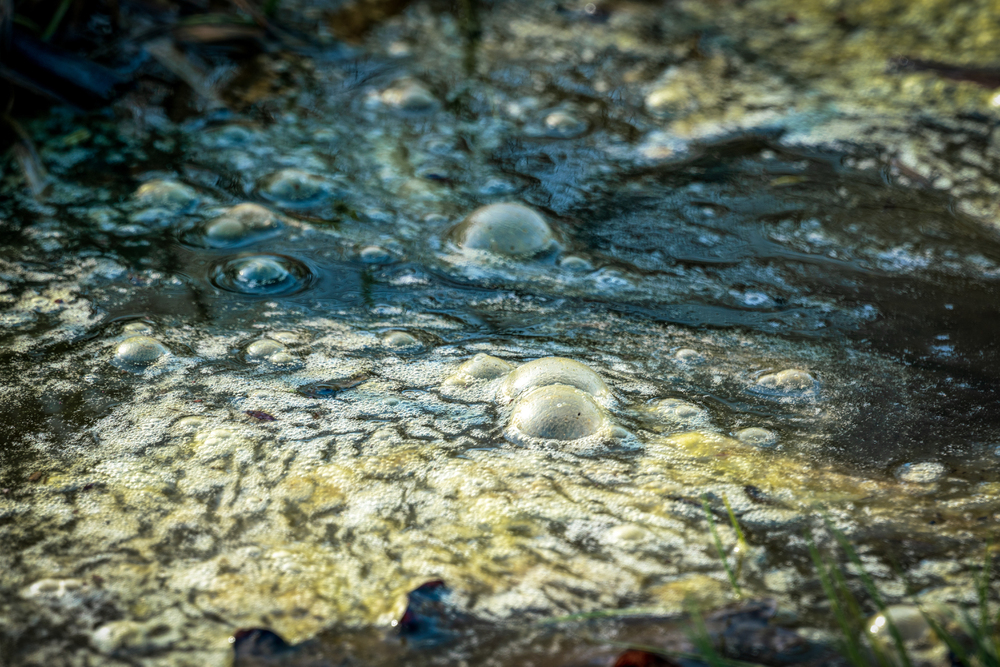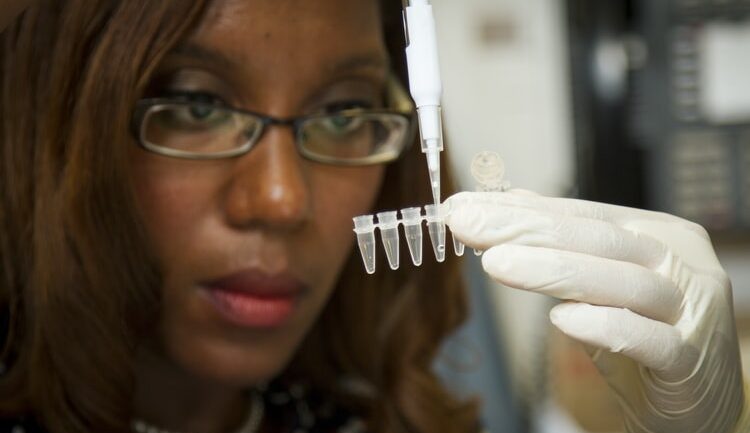By Alicia Buenaventura, Publishing Associate: Researcher and Writer at Save the Water™ | November 22, 2024
Edited by Tenzin Saldon, Publishing Project Leader at Save the Water™
The Dangers of Drilling Waste In Waterways
The oil drilling industry grows worldwide each year. According to World Oil, drilling activity is increasing in nearly every region globally. Oil spills from this industry have a significant negative environmental impact on waterways.
A major environmental harm from oil drilling is also the waste left behind. Conventional oil drilling uses large amounts of water and chemicals to extract oil from underground. This process produces oily sludge and ‘produced water,’ which pollute marine environments and groundwater. For every barrel of oil, 10 barrels of produced water waste are created. The US alone generates 230,000 metric tons of oily sludge annually. Furthermore, starting this year, China is also expected to produce over 6 million tons of oily sludge annually.
When mishandled, oil drilling waste pollutes streams, rivers, and lakes. It introduces harmful chemicals like arsenic, benzene, and heavy metals into waterways. As a result, this alters water chemistry, threatens groundwater through cracks in infrastructure, and endangers marine life.
Traditional Methods for Managing Waste
Some traditional methods of managing oil waste include:
- Landfilling: The process of dumping the waste directly in designated landfills. This common, low-cost disposal method often contaminates the nearby environment and requires further cleanup in the long-term.
- Chemical treatment: The process of adding chemicals to the waste on-site to break down and separate the pollutants. This method often requires several rounds of treatment to complete and leaves further chemicals in the environment.
- Incineration: The process of burning oil waste at high temperatures to reduce its volume and break down harmful chemicals. However, it creates ash, heavy metals, and waste that require further disposal.
These traditional approaches are not only ineffective but also release their own pollutants and dangerous chemicals. Therefore, this disturbs natural environments and creates additional hazards for waterways and groundwater.

Are There any Alternative Methods for Oil Drilling Waste?
Research highlights emerging methods that combine efficiency and environmental safety when cleaning up leftover waste from oil drilling. This includes processes like pyrolysis, ultrasound treatment, and bioremediation for treating oil waste.
- Pyrolysis is a waste management method that uses heat to break down waste products like biomass, sewage, and hazardous waste into usable products such as fuel, clean water, and char. Traditional incineration relies on oxygen, which creates harmful chemicals that pollute the surrounding environment. Alternatively, Pyrolysis avoids this issue by operating without oxygen.
- Ultrasound treatment uses high-frequency sound waves to separate and recover usable oil from waste. This treatment has been shown to reduce waste volume by up to 90%. Using only sound waves, this method uses no chemicals or emissions to improve oil recovery and decrease the amount of oil waste.
- Bioremediation is an eco-friendly and cost-effective method that utilizes microorganisms like bacteria, fungi, and yeast to degrade pollutants in oil waste. These microorganisms break down harmful compounds into less harmful substances by using pollutants as a food source. The tradeoff with this method is that the process may take longer than using advanced technologies.
A More Sustainable Future
The increasing demand for oil globally makes it a pressing issue to study the effect of drilling on our environment. Oil spills and oil drilling waste present a tremendous threat to our waterways and natural environment. Due to this, more efficient methods are needed to reduce the environmental harm and waste from drilling. Moreover, research shows that we should move away from crude oil dependence and switch to renewable energy. By shifting to renewables, we can address the root problem and impact of drilling on the environment and waterways.



